Topaz Adjust is a post-processing program that helps you quickly add attention-grabbing drama and detail to your images. It’s known for its one-click functions, but many users are unaware of some of its more nuanced features. In this video, Nichole Paschal shows us the software’s most important tools for getting the best results:

If you don’t know where to start with Topaz Adjust, these seven tools are a great starting point.
1. Adaptive Exposure & Regions
As Paschal explains, most of Topaz Adjust’s core technology exists within the first two sliders in the Adaptive Exposure module under Global Adjustments.
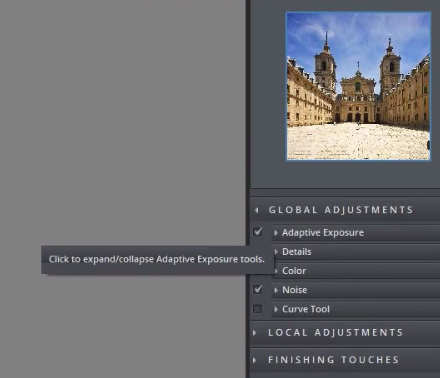
Adaptive Exposure
- Adaptive Exposure brings out highlights and shadows and evens out midtones.
- Regions allows Adaptive Exposure to be applied to smaller areas as you bring the slider up.
The two sliders work together to really balance out your image’s exposure.
2. Process Details Independently
When you make adjustments to Adaptive Exposure, details are automatically increased in your photo, which is not always a desirable effect.
Under Global Adjustments in the Details module, you’ll find a checkbox that allows you to separate detail enhancement from the Adaptive Exposure module. This gives you more control over the fine details and texture in your image.
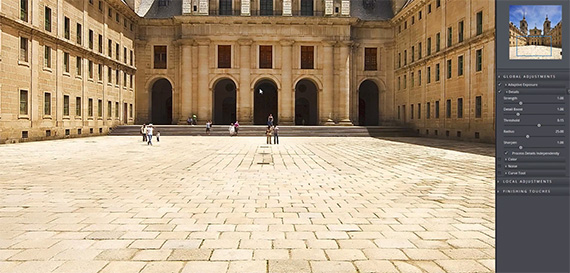
Process Details Independently
3. Strength & Detail Boost
These sliders are found in the Details module and are great for adding in some of the contrast and grunge that Topaz Adjust is known for.
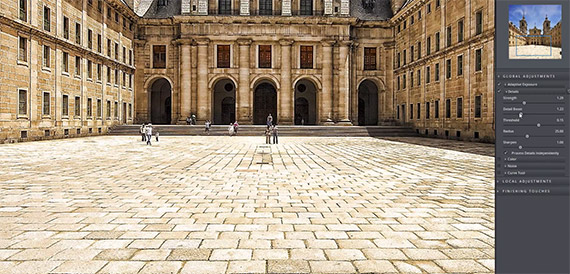
Detail Boost
4. Saturation Boost
While the Saturation slider is typical of other post-processing software, the Saturation Boost slider evens out the saturation in your image by applying more to less saturated areas and bringing them up to the saturation level of the already saturated areas.
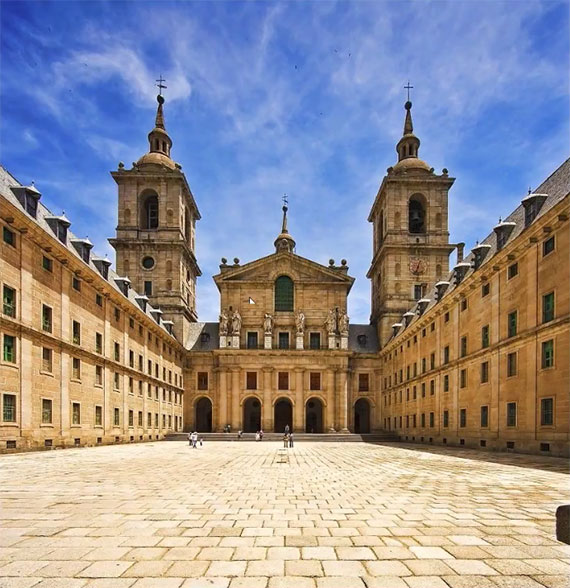
Saturation Boost
5. Noise Reduction
Global Adjustments tend to make noise stick out in your photos. Correct this by using the Suppression slider and the Amount slider to even out the digital noise.
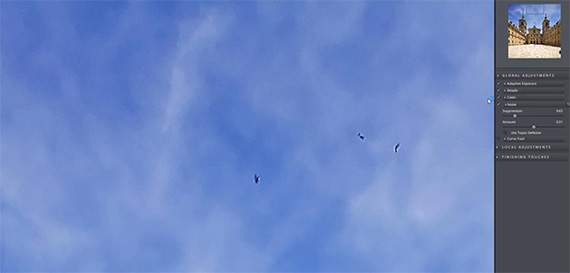
Noise Suppression
6. Brush Out Brush
The Brush Out brush is located under the Local Adjustment tab. It lets you brush out unwanted applications of your adjustments. For example, if you don’t want noise reduction or saturation settings applied to the entire image, you can use the Brush Out brush to take away the effect from only certain areas of your image.
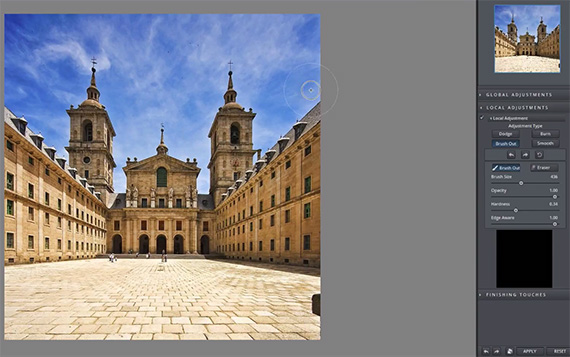
Brush Out Brush
7. Transparency
Under the Finishing Touches tab, choose the Transparency slider to decrease the opacity of an effect without having to make individual adjustments.
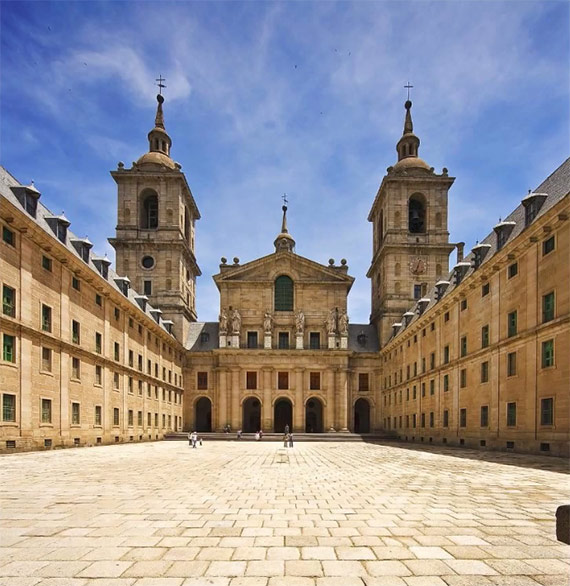
Image Processed with Topaz Adjust
While it’s nice to process your images with just one click, by mastering just a few tools in Topaz Adjust you gain a lot more control over your image.
Learn more here: Topaz Adjust for Post-Processing
Like This Article?
Don't Miss The Next One!
Join over 100,000 photographers of all experience levels who receive our free photography tips and articles to stay current:






Hi,
With Topaz, which is the best Tool for calibrate the temperature of a photo?
In Lightroom CC it is very easy, but it is not a ‘mathematical’ tool…it is…could be this, or better is this…etc.